EUI was launched on board Solar Orbiter with an Atlas V 411 from launch complex 41 at Cape Canaveral, on 2020 February 9 23h03 local time (2020 February 10 05:03 CET).
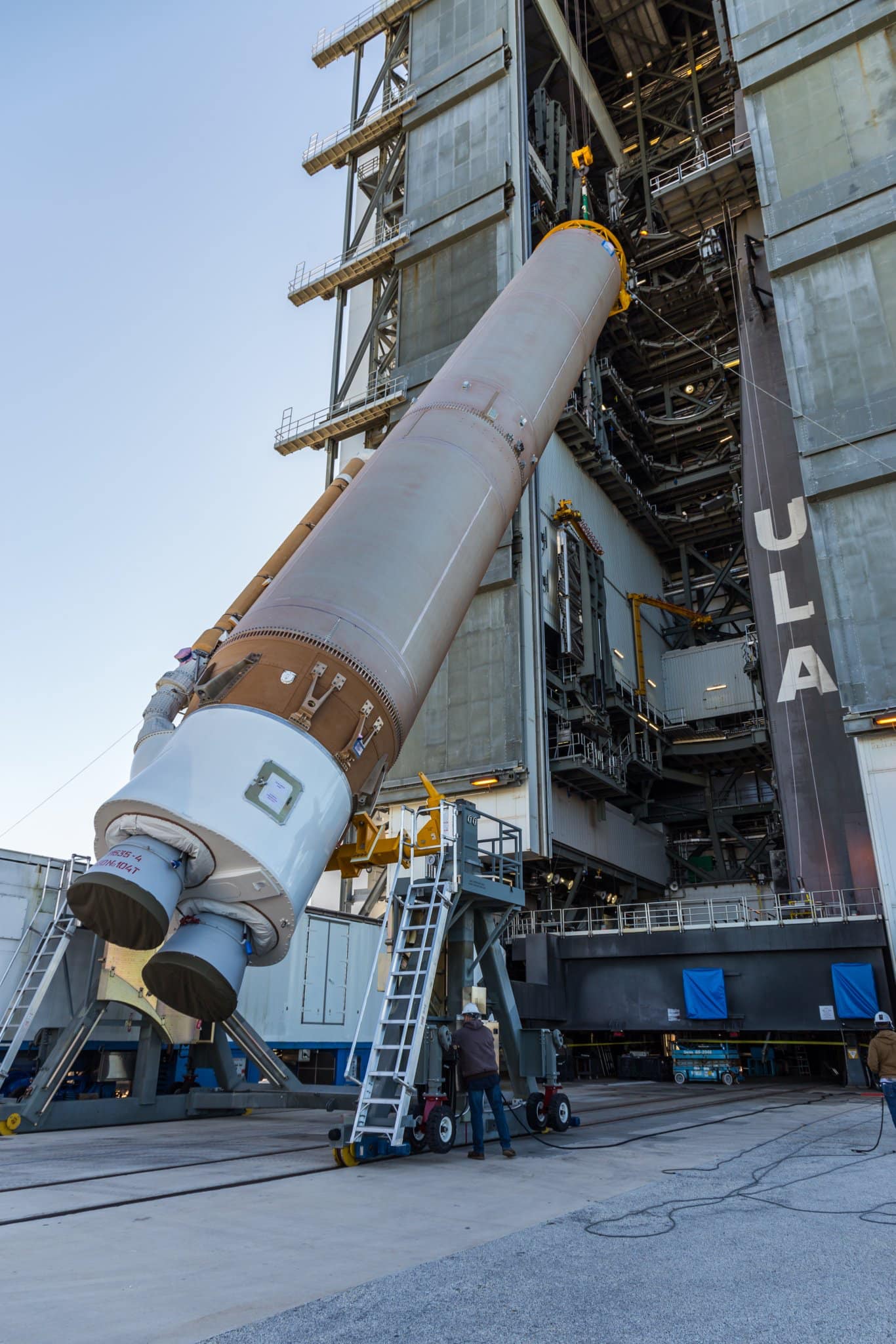
|
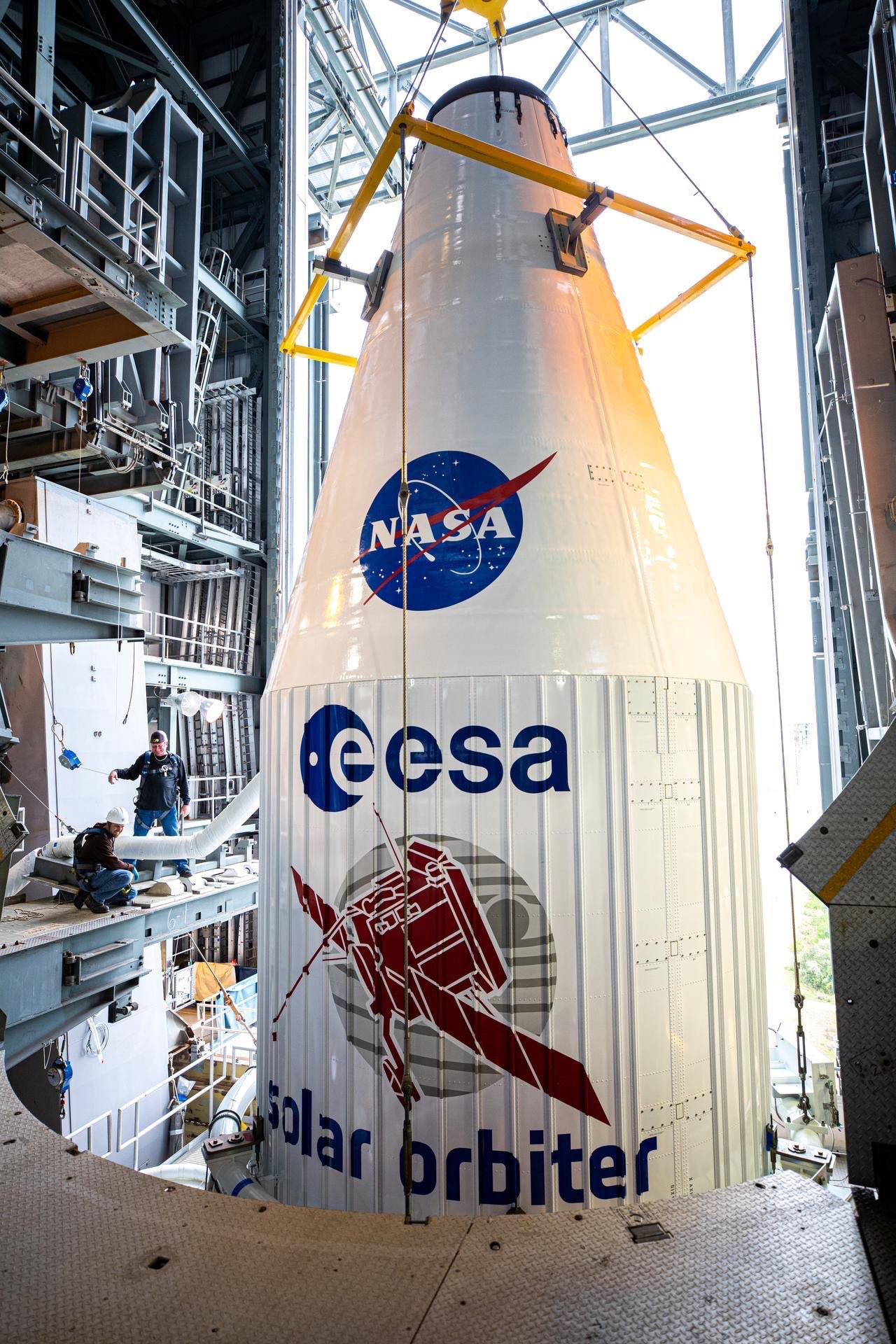
|
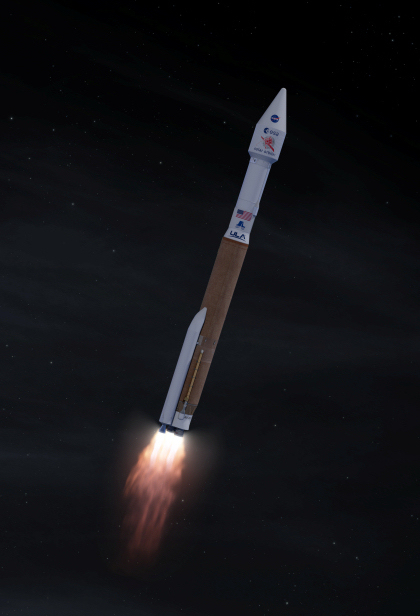
|
Following the initial commissioning round of its systems and instruments, its first pass by the Sun took place in June 2020 when the spacecraft was at around half the distance of Earth’s orbit from the Sun.
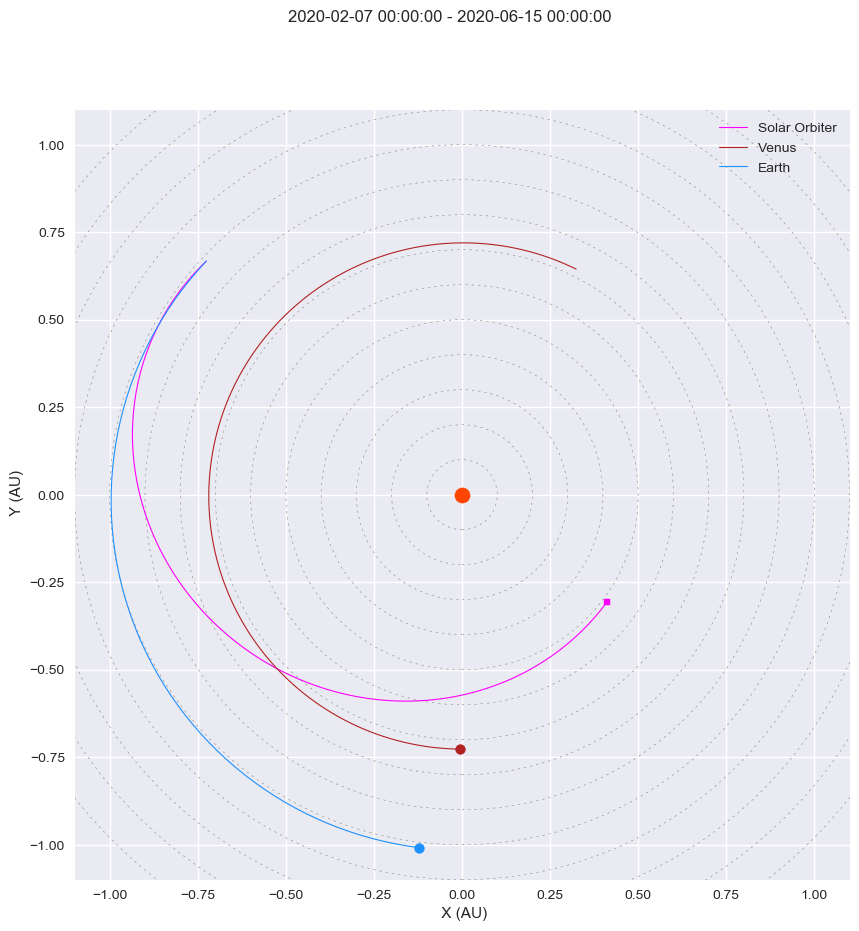
During the remainder of the cruise phase, which lasted until November 2021, Solar Orbiter performed two gravity-assist manoeuvres around Venus and one around Earth to alter the spacecraft's trajectory, guiding it towards the innermost regions of the Solar System. and also out of the plane of the Solar System to observe the Sun from progressively higher inclinations. This resulted in the spacecraft being able to take the first ever images of the Sun's polar regions, crucial for understanding how the Sun 'works'.
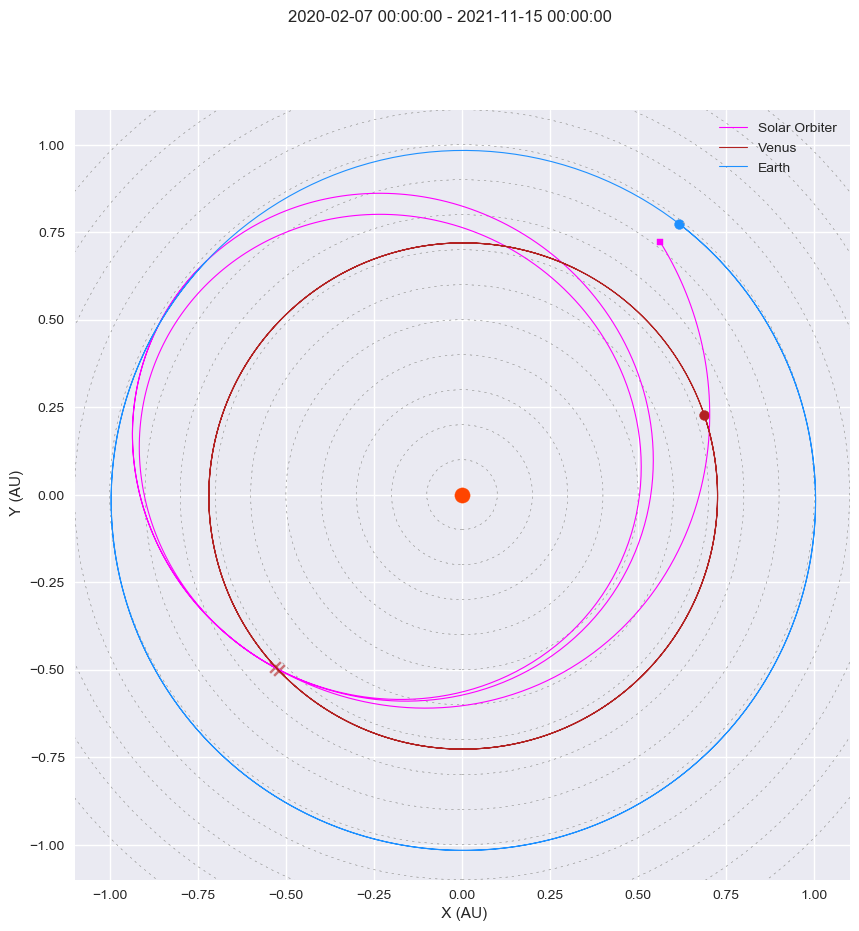
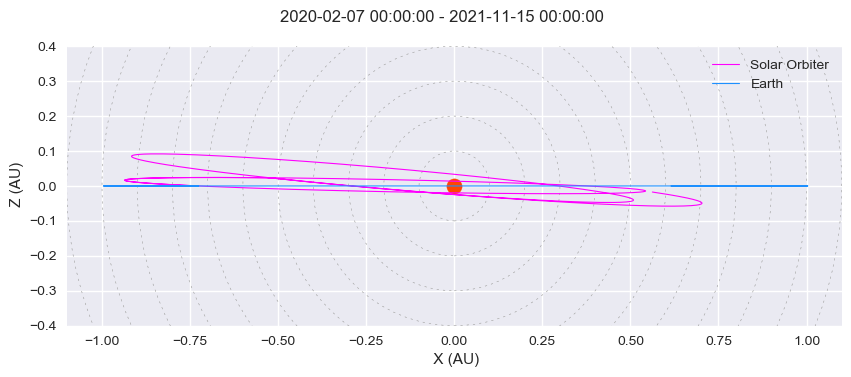
During the cruise phase, Solar Orbiter acquired in situ data, characterise and calibrate its remote-sensing instruments. The (first) closest solar pass took place at the end of March 2022 at around a third of Earth’s distance from the Sun.
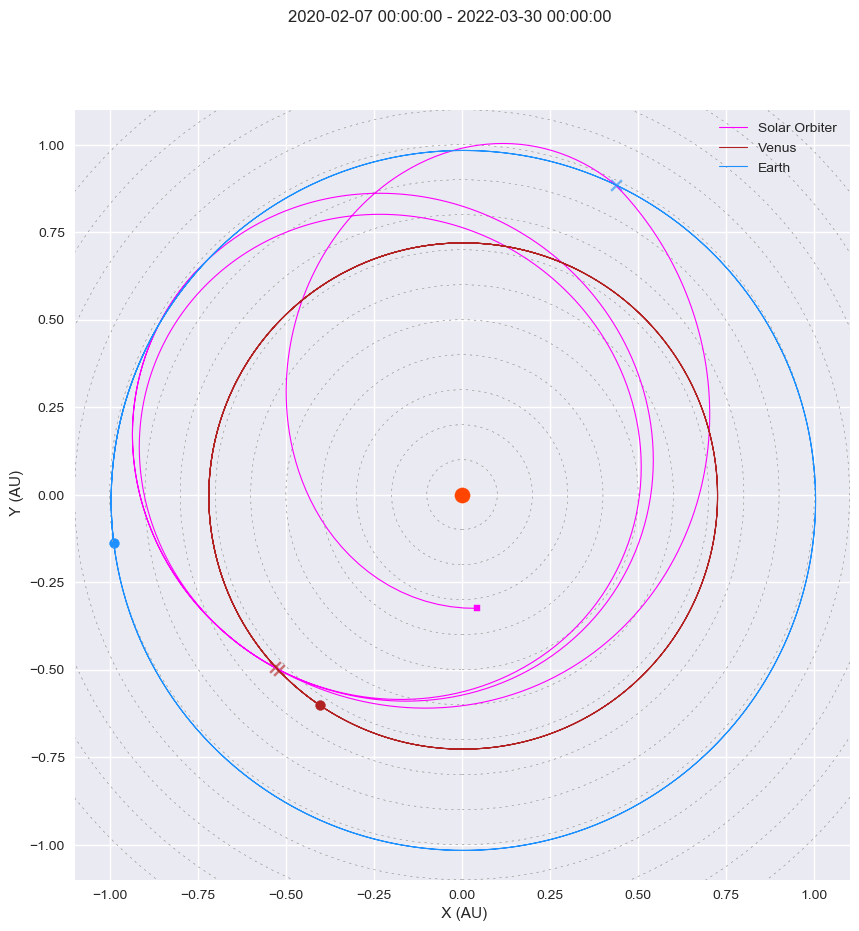
Having arrived in the near-vicinity of the Sun, the spacecraft will be in an elliptical orbit that initially takes 180 days to complete. This means it will make a close approach of the Sun every six months. During these close approaches, Solar Orbiter will pass within 43 million kilometres of the Sun’s surface, or about 60 solar radii.
Solar Orbiter's nominal science mission is set to last for four years. During this time, the inclination of the orbit is set to reach 17°. This will allow the spacecraft to image regions closer to the poles of the Sun for the first time (the Sun's polar regions are not visible from Earth). During its proposed extended mission phase, Solar Orbiter would lift its inclination even more, to 33°, bringing the polar regions into even more direct view.
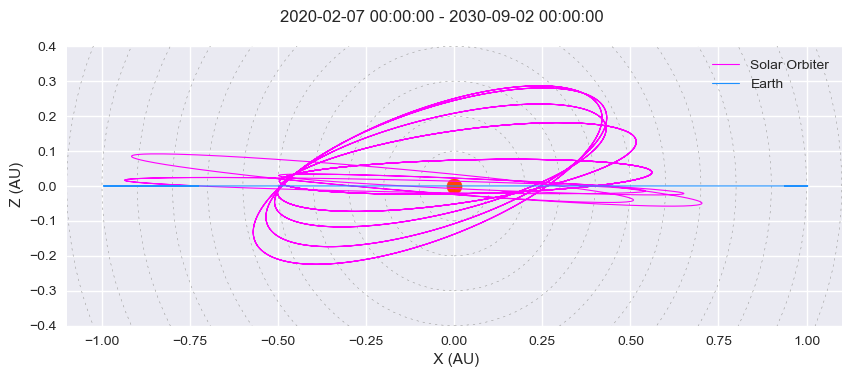
Source: https://www.esa.int/Science_Exploration/Space_Science/Solar_Orbiter
Orbit images produced by ROB.